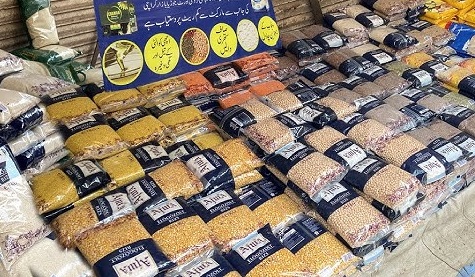
Sometimes projects require deep reading of the literature to figure out what is the problem. Other times, projects are clear and apparent and all it takes is someone with interest and energy to tackle it.
In Fall of 2022, Wania Imran took my introduction to Environmental Science, where she shined on her interests in problems affecting people, especially in her home country of Pakistan.
After she joined the research group and gained proficiency in sample analysis, we figured out the logistics to ship back water and rice samples to UMass Amherst.
From the analyses, it is very clear that water and rice contain hazardous concentrations of trace elements, which we recently published in the journal of Sustainability. Publishing open access is important for anyone to read the journal and our data is available with the article.
Below are some of the figures from the manuscript, showing not only toxic concentrations of metals and metalloids in the rice and water, but also that impoverished areas had higher U in their drinking water and price of the rice did not correlate with exposure to metals.
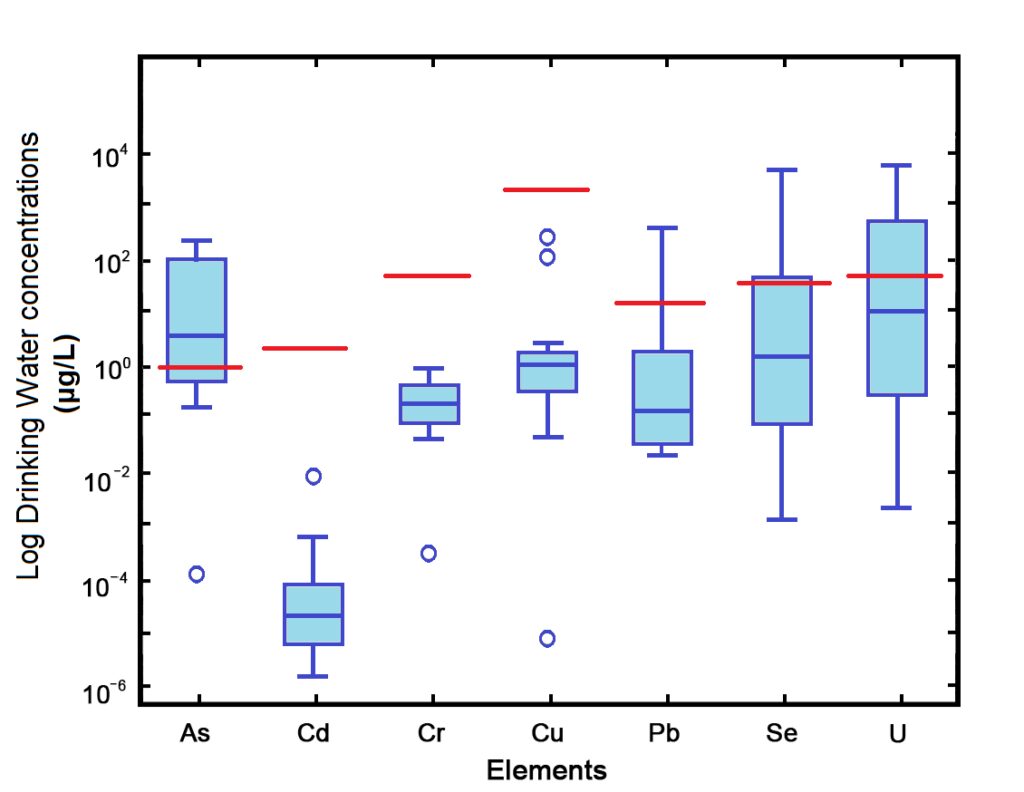
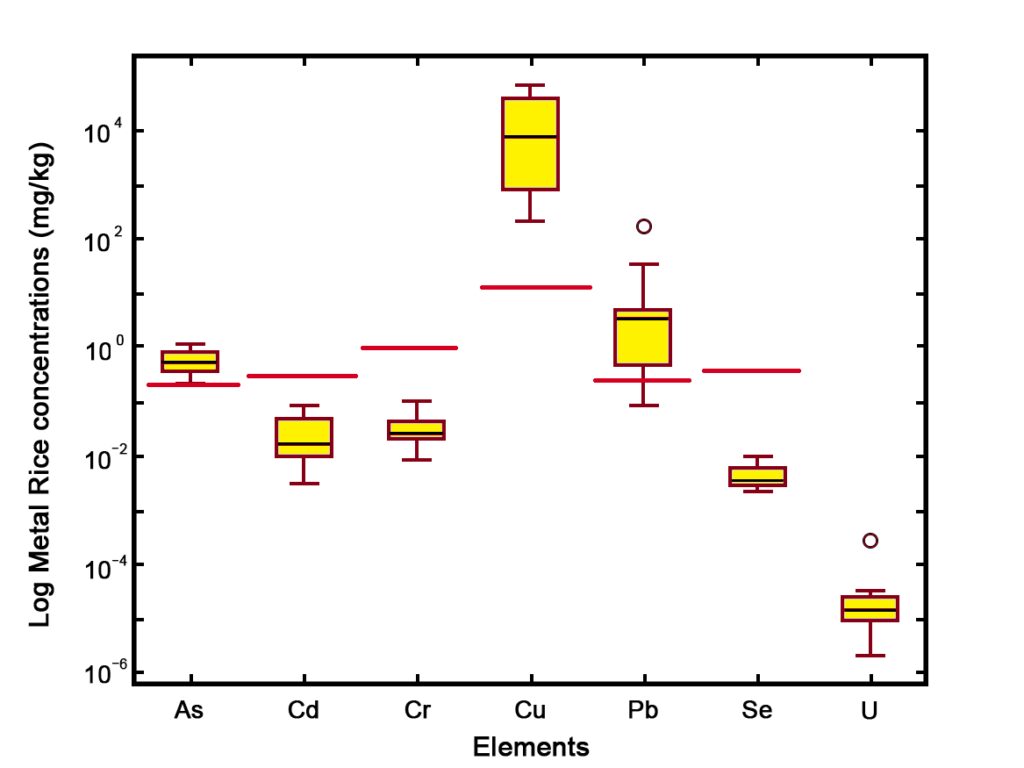
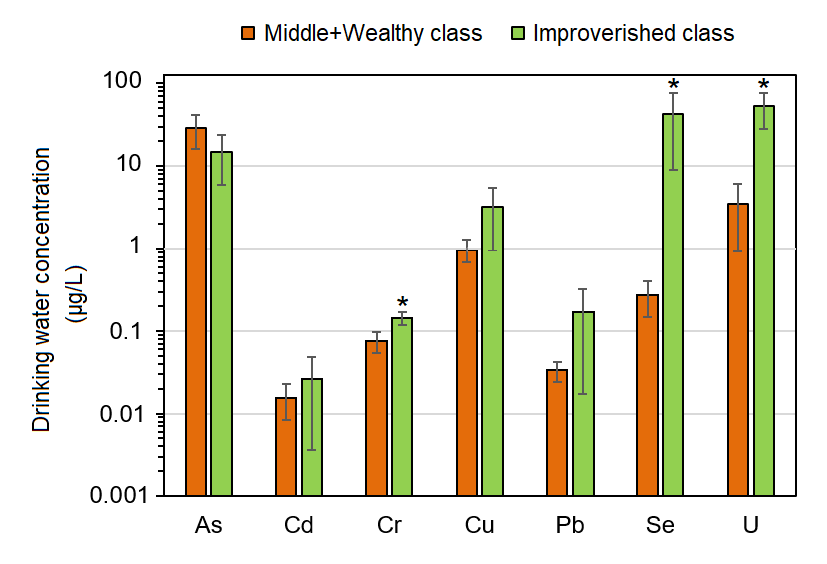
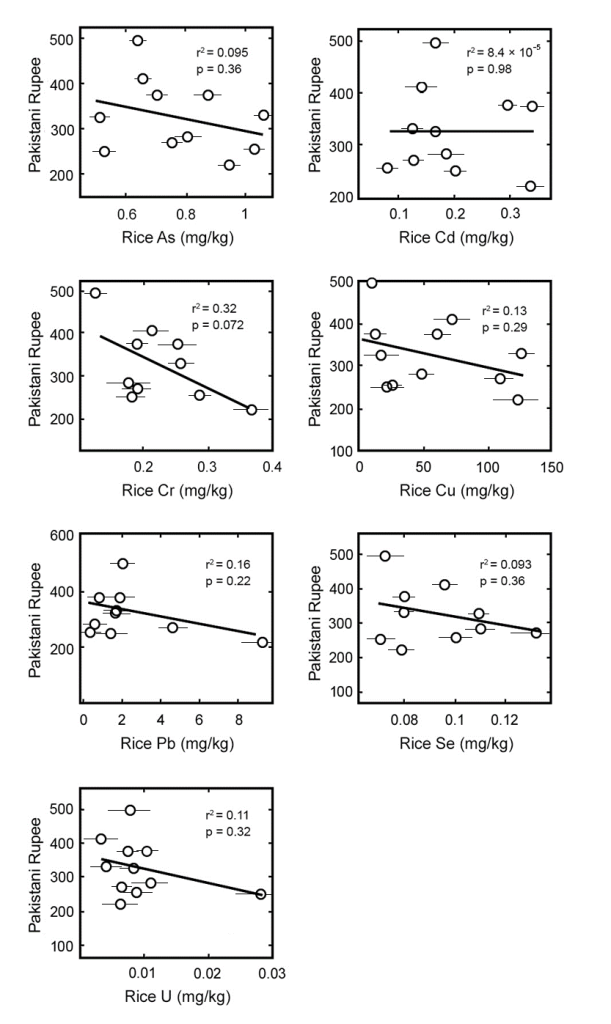
Imran, W.; Richardson, J.B. Trace Element (As, Cd, Cr, Cu, Pb, Se, U) Concentrations and Health Hazards from Drinking Water and Market Rice across Lahore City, Pakistan. Sustainability 2023, 15, 13463. https://doi.org/10.3390/su151813463
Article can be downloaded for free here: https://www.mdpi.com/2071-1050/15/18/13463